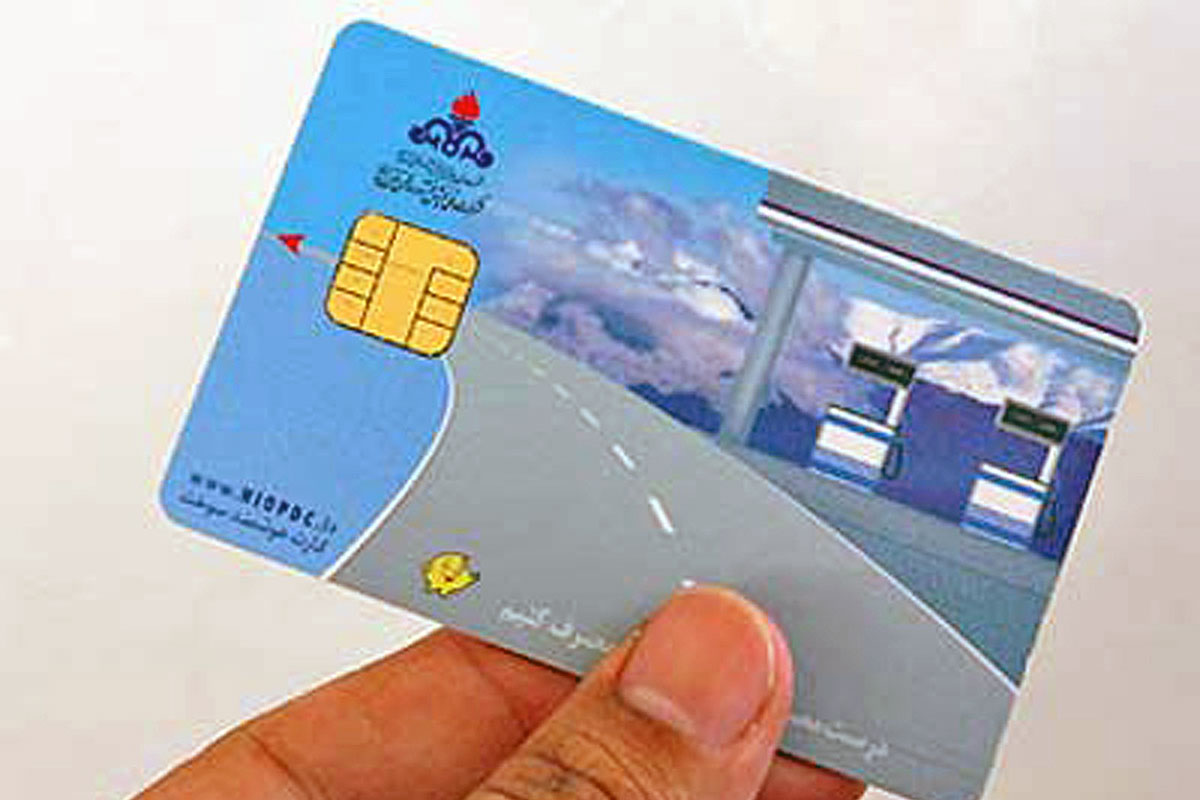Iran: Fuel Cards Coming

EghtesadOnline: In a new directive issued by the National Iranian Oil Products Distribution Company, car and motorcycle owners have been advised to use their fuel cards at least once by July 22.
According to ISNA, the previous directive issued by NIOPDC on May 30 assured that vehicle owners will be able to buy fuel at the pumps only if they have a smart fuel card after August 11.
"In its new decree, NIOPDC has urged all car and motorcycle owners to fill up their tanks with their own card for at least once by July 22 to see whether the card is functioning properly or not," ISNA said, noting that if the card were to have a problem, the owner can refer to NIOPDC's website at www.niopc.ir.
According to the company, using gas station owners' cards instead of car owners' smart cards will be illegal from the day the new rule goes into effect, Financial Tribune reported.
NIOPDC said the plan, which was first implemented in 2007, has nothing to do with fuel rationing as had been rumored over the past few months when gasoline prices, the cards and rationing issues became the talk of the town.
Last December, the state-owned company informed car and motorcycle owners to reactivate their old fuel cards or apply for new ones.
An estimated two million vehicle owners have registered for the new cards and more are to complete the registration process in the coming weeks.
To help reduce the cost of issuing and managing millions of new cards, the Central Bank of Iran has said that bank debit cards can also be used as fuel cards. The base data would be the national ID numbers of vehicle owners and the relevant information would be stored in the database.
"In the coming weeks, all the technical tools will be in place to restart the use of fuel cards at the pumps," NIOPDC said.
The government says the reintroduction of the program is related to plans to reduce consumption and minimize fuel smuggling in the border regions. Illegal trade in fuel across the border regions, which has continued for decades, is said to be around 20 million liters per day worth $1,332,000.
NIOPDC produces 105 million liters of gasoline per day.
As per official data, average daily gasoline consumption has increased from 87.1 million liters last year to 91.2 million liters now, thanks in part to the large number of gas-guzzlers, old engine technology and the inability and unwillingness of carmakers to improve quality to global standards.


